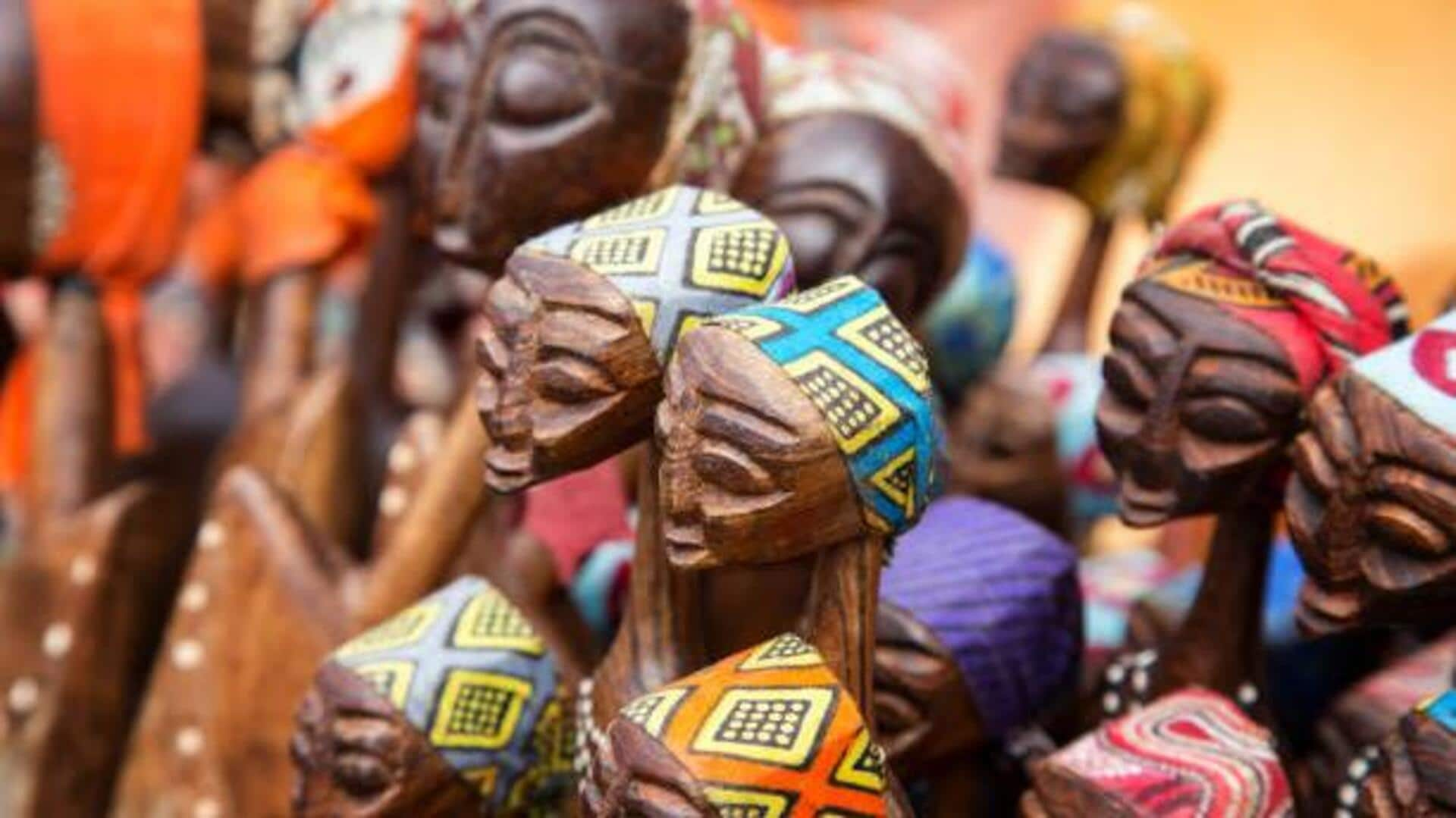
Traditional techniques used in sculpture-making
What's the story
African sculptures are a testament to the continent's rich cultural heritage, showcasing a diverse array of artistic expressions. These works often reflect the traditions, beliefs, and social values of various communities. The creation of these sculptures involves unique techniques and materials that have been passed down through generations. Understanding these methods offers insight into the artistic processes that define African sculpture-making.
#1
Traditional carving techniques
Traditional carving is at the heart of African sculpture-making. Artists use tools like chisels and knives to shape wood or stone into intricate forms. The process demands skill and patience, as each piece is crafted with precision to capture the intended expression or message. This technique is common across many regions, each adding its own flair to the final product.
#2
Use of natural materials
Natural materials play a key role in African sculptures. Wood, clay, metal, and stone are commonly used because of their availability and significance in local cultures. Artists choose these materials based on their properties and how they fit into the cultural context of the artwork. For instance, clay might be used for its malleability, while wood could symbolize life or growth.
#3
Symbolism in design
Symbolism is at the core of African sculpture-making. Every design element has some cultural significance, be it animal motifs or abstract shapes. These symbols frequently tell stories or convey values that are important to the community. Artists carefully select these elements to ensure that their work resonates with viewers on multiple levels.
#4
Community involvement in creation
The creation of many African sculptures is a community affair rather than an individual effort. Some involve collaboration among artisans who contribute different skills or perspectives to the project. Others may include input from community leaders who ensure that the piece aligns with cultural expectations or rituals associated with its purpose.
Tip 5
Preservation efforts for traditional techniques
Preserving traditional techniques is important for keeping Africa's artistic legacy alive. Many initiatives are aimed at documenting these practices before they are lost due to modernization pressures. By supporting education programs and workshops, younger generations can learn about these valuable skills while also innovating within contemporary art scenes around the world.